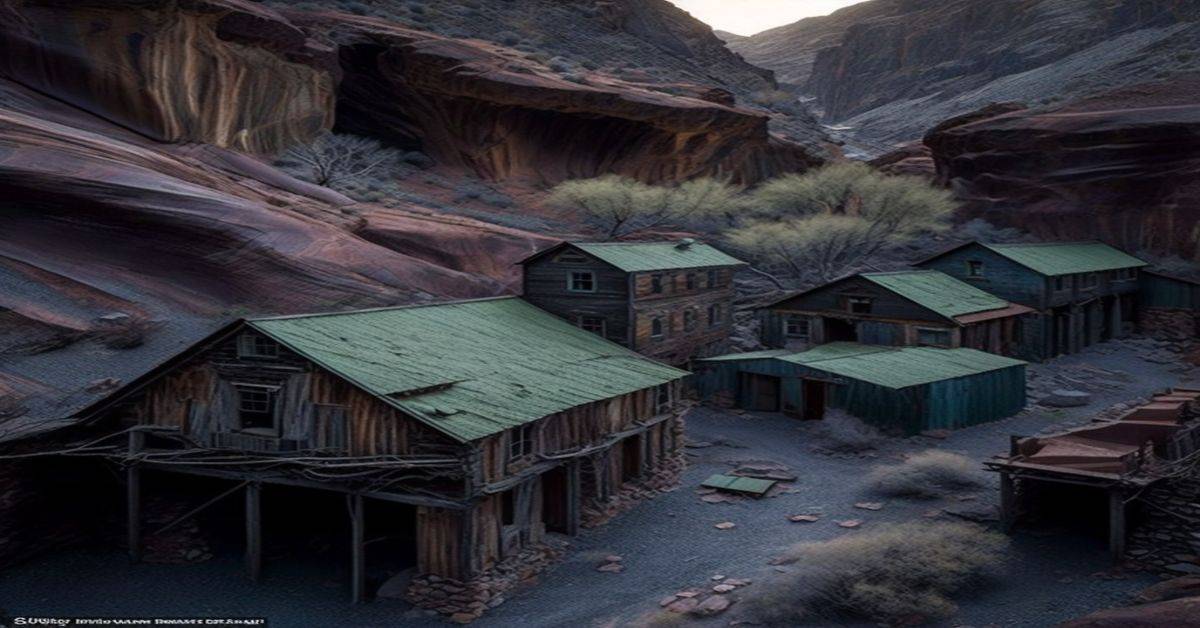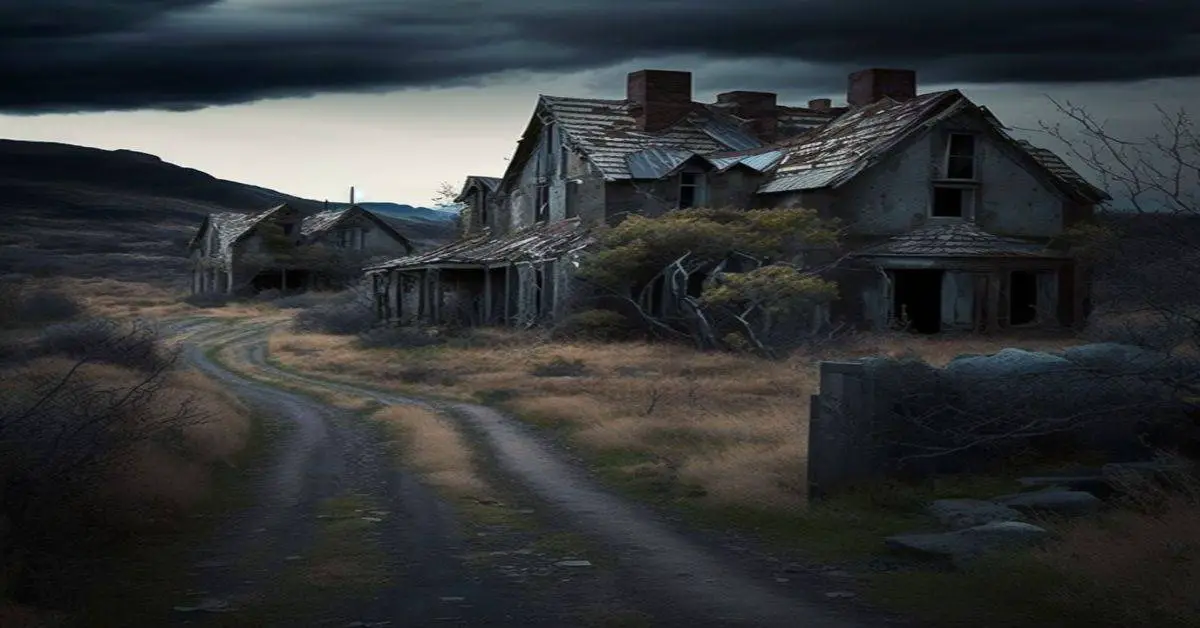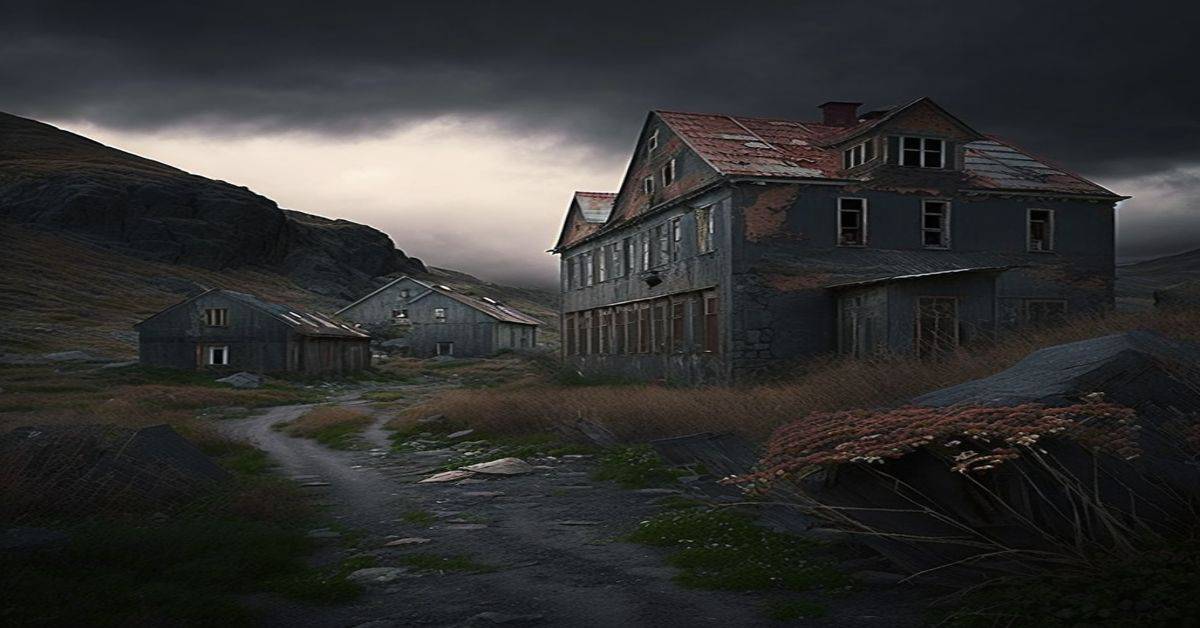Nestled in the heart of Florida lies a forgotten piece of history, a ghost town that once served as a crucial point in the Seminole Wars. Fort Drum, once a bustling military fort and later a prime cattle range, now stands as a mere shadow of its former self. Despite the lack of physical remains, the history of Fort Drum remains alive through stories and folklore, offering a glimpse into Florida’s rich past.
Fort Drum’s history is a testament to the struggles of the Seminole people and the pioneers who settled in the area. Its significance lies not only in its military history but also in its contribution to the development of Florida’s cattle industry.
Today, Fort Drum serves as a reminder of the state’s complex and often troubled past, offering a unique opportunity to explore and understand the challenges faced by those who lived and worked in the area.
This article aims to uncover the story of Fort Drum, from its location and directions to its history and folklore, shedding light on a fascinating piece of Florida’s past.
Key Takeaways
- Fort Drum was a military fort and cattle range that played a significant role in the region’s development.
- Fort Drum’s significance lies not only in its military history but also in its contribution to the development of Florida’s cattle industry.
- Fort Drum is considered a ghost town with no remains left and legends and myths have contributed to its reputation as a paranormal hotspot.
- Fort Drum offers a unique glimpse into Florida’s rich history, cultural heritage, and the struggles of the Seminole people and pioneers who settled in the area.
Location and Directions
Fort Drum can be accessed via Florida Turnpike South and taking the Yeehaw Junction exit. Once off the exit, head west and turn left onto Hwy 441 south.
After traveling approximately 5-10 miles from the light, turn right on Hwy 68 West, which eventually dead ends on Hwy 98. Travel west for about 3-5 miles until Fort Bassinger is visible on the left after crossing the bridge.
It’s important to note that Fort Drum was a Seminole War fort in the 1840s that later became a prime cattle range after the Civil War. Today, it is considered a ghost town with no remains left.
Exploring Fort Drum’s haunted past is a popular activity in the area. Local legends and myths have contributed to the fort’s reputation as a paranormal hotspot. Despite there being no physical remnants of the fort, the history of Fort Drum is still preserved through stories and folklore.
For those interested in Florida’s rich history and the struggles of the Seminole people, a visit to Fort Drum is a must-see.
“Winters at Fort Drum are quite cold, and snowfall can begin as early as October and extend through April at times. If arriving during the winter months, be sure to bring warm, heavy clothing with you including winter jackets, snow boots, thick gloves or mittens, hats, an ice scraper and snow removal brush or be prepared to purchase these items immediately upon arrival.”
https://installations.militaryonesource.mil/in-depth-overview/fort-drum
History and Pioneers
The pioneers of the area surrounding Fort Drum played a significant role in the region’s development, with Henry Parker’s store and trading post serving as a hub for trade with the Seminole Indians who regularly visited to exchange hides and plumes for merchandise. The Seminole War fort, built in the 1840s, was located at the junction of two of the old military roads, and after the Civil War, the area became a prime cattle range.
The first pioneer of the area was Henry Parker who opened his store and trading post around 1870. The postmaster was John Web, and the Seminole Indians were regular customers at Parker’s store, trading their goods for merchandise.
Other area pioneers include Henry Holmes, Jim Morgan, Jim Norman, George Drawdy, Tipp Padgett, John McLaughlin, Jasper Journigan, Don Sloan, Asbury Sellers, and Wade Raulerson.
Despite no remains of Fort Drum being left today, the area’s history is still preserved through stories and folklore, reminding us of Florida’s rich history and the struggles of the Seminole people.
Significance and Folklore
Preserving the stories and folklore of the area, Fort Drum serves as a time capsule of Florida’s past, offering a glimpse into the struggles and triumphs of the pioneers who once called the region home.
The legends and myths surrounding Fort Drum make it a popular destination for ghost hunters and paranormal enthusiasts. Many visitors claim to have had ghostly encounters while exploring the area, including sightings of spirits wandering the old military roads and ghostly footsteps echoing through the abandoned buildings.
Despite the absence of any tangible evidence of hauntings, the stories surrounding Fort Drum continue to capture the imagination of visitors. The area is said to be haunted by the ghosts of Seminole Indians, soldiers who died during the Seminole Wars, and pioneers who once called the area home.
These legends and myths add to the significance of Fort Drum, not only as a ghost town but as a place where the past and present converge, offering a unique glimpse into Florida’s rich history and cultural heritage.
Frequently Asked Questions
Are there any paranormal sightings or experiences reported in Fort Drum?
Paranormal investigators and local legends suggest that Fort Drum, a former Seminole War fort turned ghost town, is haunted. However, there is no concrete evidence to support these claims.
What was the population of Fort Drum during its prime?
During its prime, the population of Fort Drum is unknown. However, the area became a prime cattle range and was home to several pioneers. Despite being a ghost town, Fort Drum is significant in Florida’s rich history.
What kind of military operations were conducted at Fort Drum during the Seminole Wars?
Fort Drum was a military fort during the Seminole Wars, and was strategically located at the junction of two military roads. Military tactics included using the fort as a base for patrols and as a supply depot, while also trying to maintain good relations with the Seminole tribe.
Is there any evidence of the trading post or store that Henry Parker opened in the area?
Exploring Henry Parker’s Trading Post in Fort Drum, Florida, there is no concrete proof of its existence. Historical accounts and local legends preserve the area’s legacy of military presence and forgotten settlements, sparking interest in rediscovering lost towns.
What other ghost towns or historical sites are located nearby Fort Drum?
Exploring nearby ghost towns and historical landmarks near Fort Drum can reveal Florida’s rich history. Some nearby sites include the Kissimmee Prairie Preserve State Park, Lake Wales Ridge State Forest, and the Okeechobee Battlefield Historic State Park.


